Mind Mapping:
Introduction
And Principles
Want unlimited access to more articles like this, as well as video clips and full-length books?
Subscribe here:http://www.heinemann.com/digitalcampus/referenceLibrary.aspx
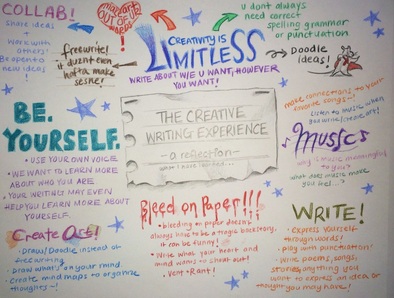
I would double-down on what Dr. Deheane says, adding that when we write in color and in webs even more circuits are activated, even more learning occurs. I wonder what Deheane would say if he saw mind maps like this one created by my student Michelle, which acts as a reflection on what she learned in my Creative Writing class.
I hope Deheane would recognize how mind maps make the invisible visible, and give educators and their pupils a way to see what's being learned and how it's being processed. Of course, I don't need him to tell me that writing and drawing are powerful thinking tools. I only have to see how my students react to my lessons on mind mapping, and you can see the same results in your classroom.
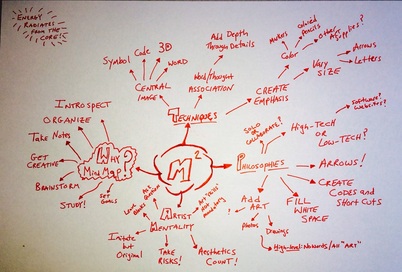
Step one: teach your students how to mind map. I use this handout every September in all my classes. It gives me an opportunity to guide them through the basics of creating mind maps.
Click here for a video explaining how I use the "Mind Map of Mind Mapping" to teach the fundamentals of the art-form.
Step two: Show a ton of student samples. Lucky for you, I've already taken care of that! Just show your classes the art gallery at my website, and instruct them to "imitate what you like but spin it into something original." This is how all art is made!
the following principles will emerge:
1) Mind mapping allows students to discover themselves and to individualize their learning.
Most teachers hope that learning is individualized by each pupil -- even as our profession is dominated by standardized tests, common curricula, prison-like buildings, and a fundamental style rooted in the assembly-line philosophy of the industrial revolution.
How can we best evoke the individual spirit and unique nature so desperately needed in our education system? Obviously, by having our student make mind maps!
Examine these two mind maps done by Anne and Hyeajin, best friends and students in AP Psychology. You can see how mind mapping allows them to emphasize different information, accentuate their unique artist talents, and individualize the learning process. In this course, they learned about "visual encoding" -- why creating imagery makes ideas easier to remember. This theory is turned into practice through mind mapping!
School is boring. In case you have forgotten, it's documented here on Slate, here in the New York Times, and here on YouTube. An antidote for the tedium, ennui, and monotony of high school life: markers, webs, and creative energy.
(Below) Bruna created "SAT Roots" in preparation for the big exam; Paul's "Physics B" was used to help him keep straight all the formulas in the course; and Gal's "Soil" was created extemporaneously during a period of Environmental Science.
All three examples demonstrate how mind mapping can add a layer creative energy, which boosts student interest in the material as the mind-mappers must determine how to turn the intangible notion of learning into a piece of art that is literal, unique, and enjoyable to create.
"Mind Mapping is so great," Bruna said. "It even makes it fun to study for the SAT."
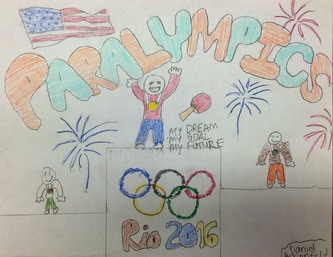
By the time students get to high school, they seem to know if they are "artistic" or not. The amazing thing about mind maps is it shows them all kinds of new ways to create art, and your "talent" is irrelevant.
If every student is encouraged and taught to make art, then they can all experience the therapeutic benefits of art-creation.
Would you like to see a video of a student discussing a mind map that helps him through depression? Click here.
The work on the right was done by Daniel, who finds motivation in his battle with cerebral palsy. He is a table-tennis champion who states "my dream, my goal, my future" is to represent the country at the next Paralympic Games.
Emily's nature-inspired doodle (below) shows how remarkably flexible mind-mapping can be. Once she learned the basic premise, Emily began expanding the definition of a mind map with incredible pieces like this.
"Even though it's just a drawing, it can still be considered a mind map," she said. "Because, well, it is from my mind."
Mind mapping is an important element in education, and can be used by both instructors and students to record, convey, classify, or organize information.
(Below) I created "Critical Lens Essay" during a class session with my juniors while surveying them for writing-lesson reminders before the upcoming New York State Regents Exam. As I was writing this on the board, I was also coaching them to, "Write this on your mind map ..."
"Workshop Options" is one I use every year, so I post it on my SmartBoard. These are reminders to my students of the various ways they might positively utilize class time during a workshop: freewrite, work on a poem, read a book, collaborate, etc.
Sherry's piece comes from our Macbeth unit. I like to break down a literary unit into a series of mind maps that I distribute chronologically. These pieces set benchmarks for our discussions, lessons, and learning. Students add their notes on top of mine -- then can use them on an exam or for an essay.
For more on literary mind maps, check out this link to an article on my website
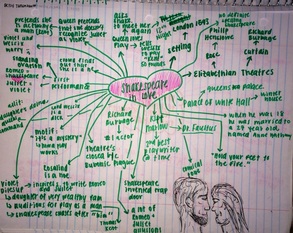
How can one idea be so flexible? Amazing, but possible!
Part of the process: "Civil War DBQ" demonstrates how Radhika prepared for a social studies essay (document-based question) by mind mapping her ideas.
"What I Can Write About" is Allisen's way of brainstorming topics for creative writing. She would refer to this mind map throughout the course to overcome writer's block or document new ideas.
Inspired by my lesson on "Techniques of Rap and Hip-Hop," Brian's tribute to Big L is a serious study of the late, great rapper's lyrics, messages, and life.
The same applies for teachers. Go take a risk! Incorporate mind mapping into your classroom.
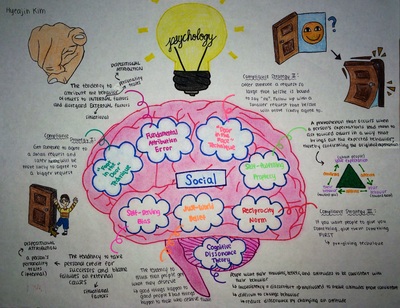
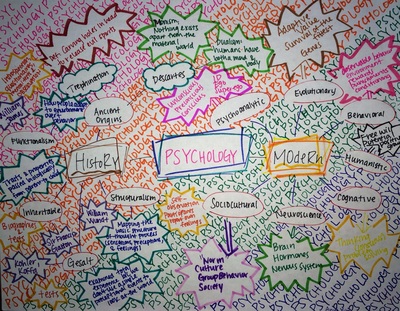
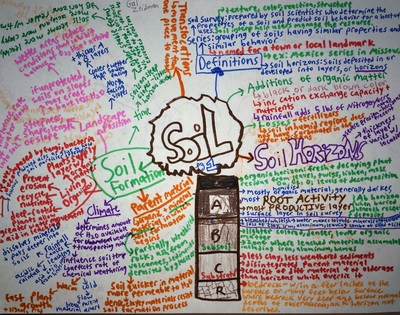
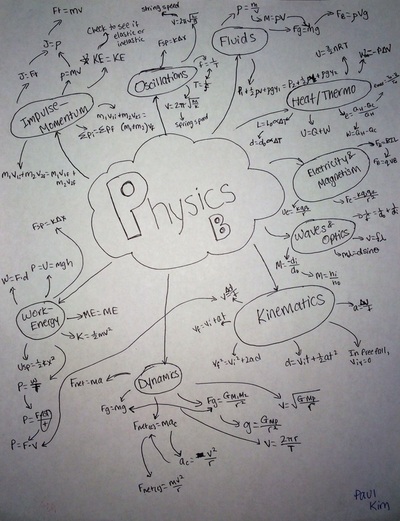
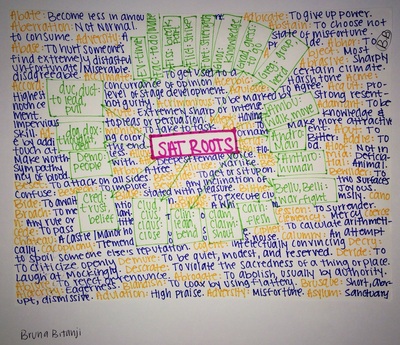

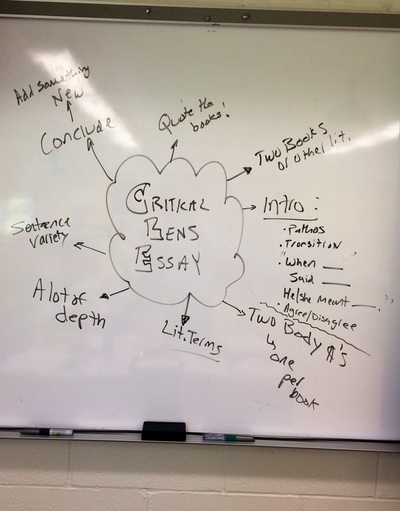
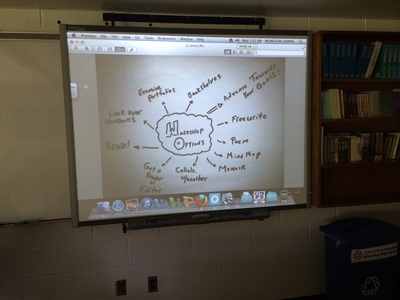
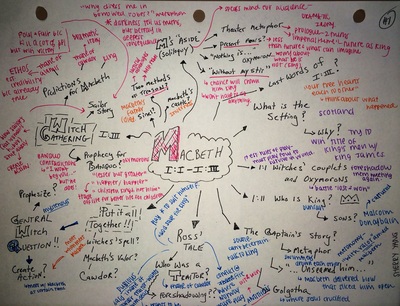
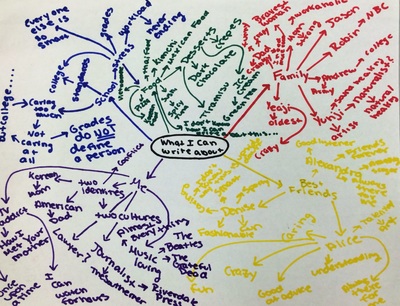
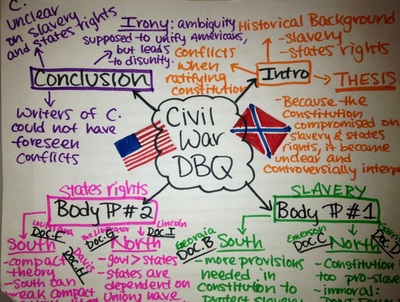
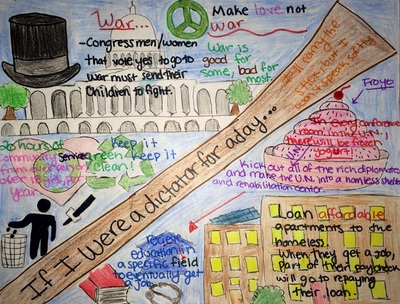
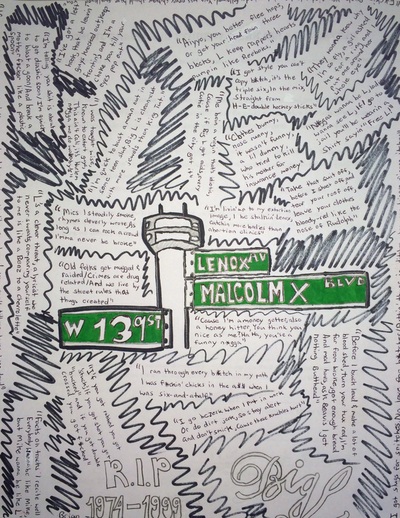



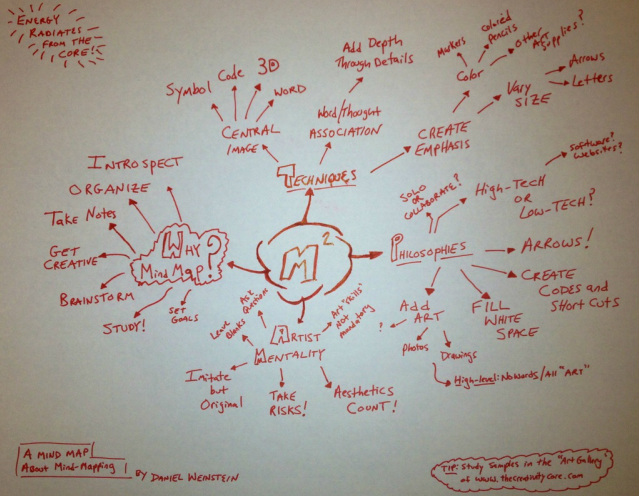
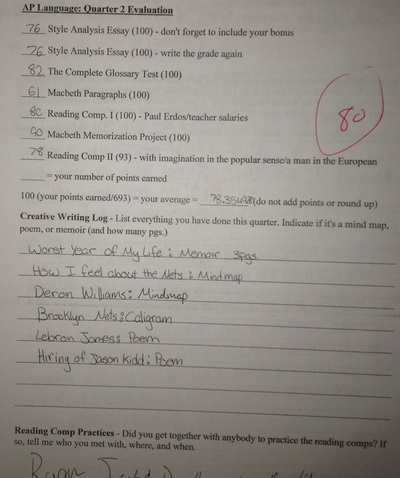

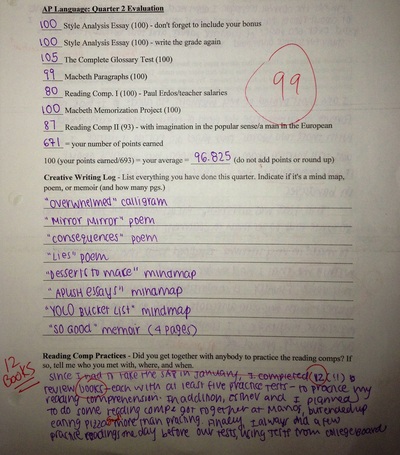
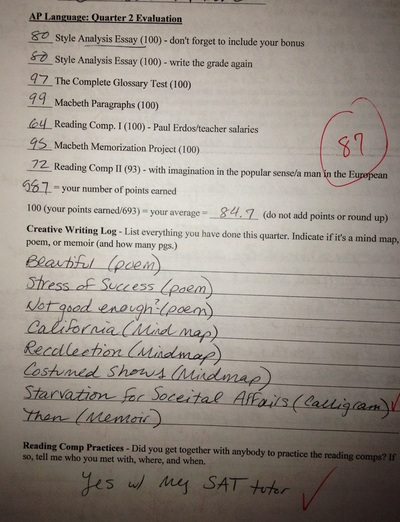
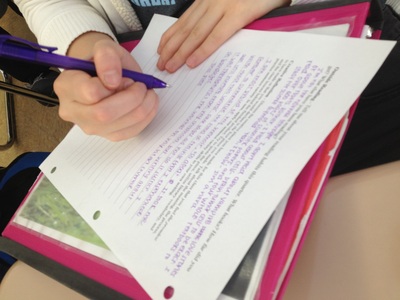
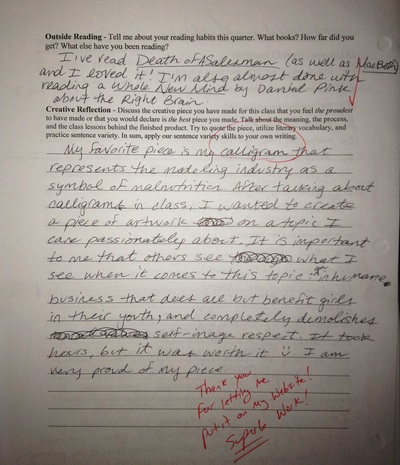
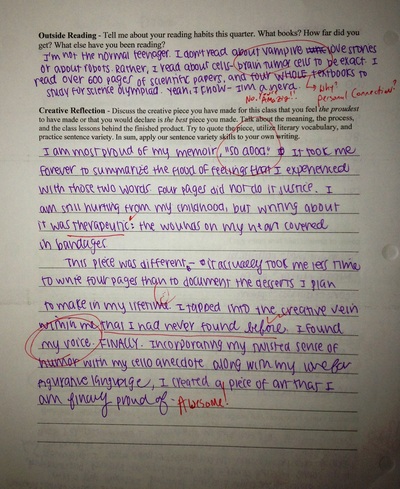
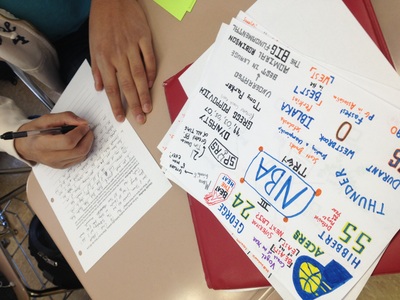
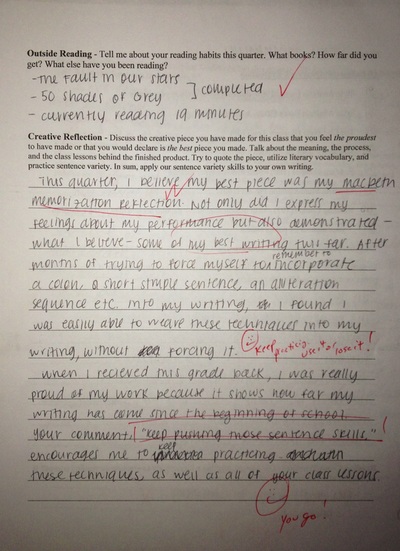
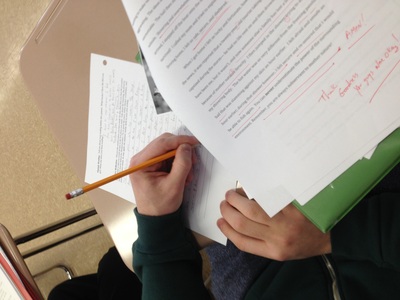
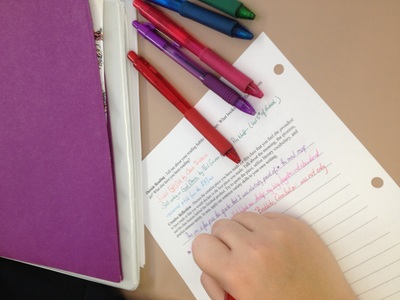
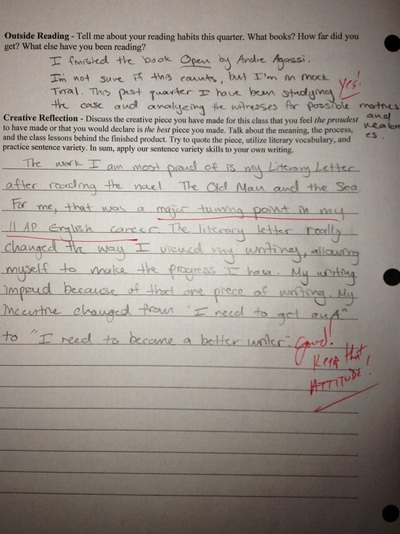
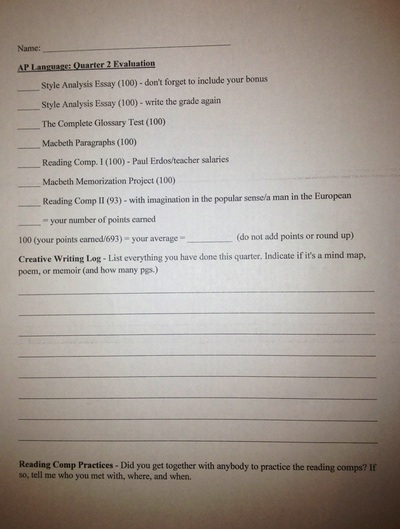
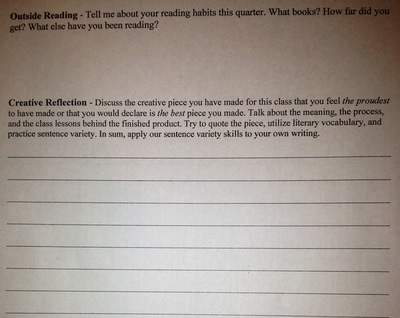

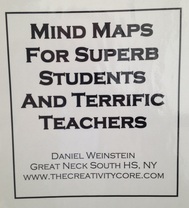


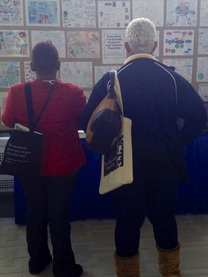
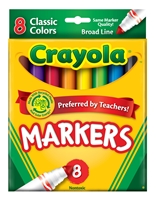
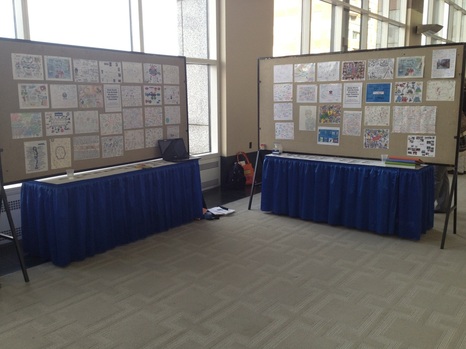

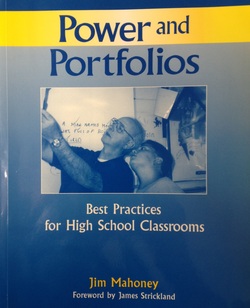
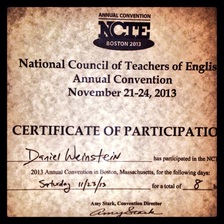
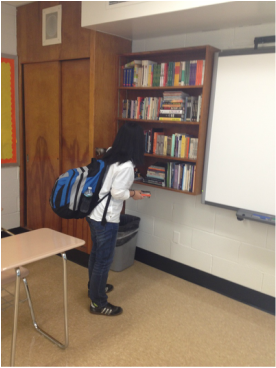
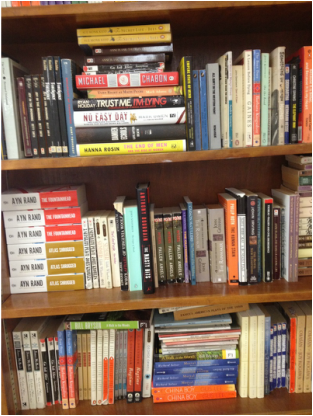
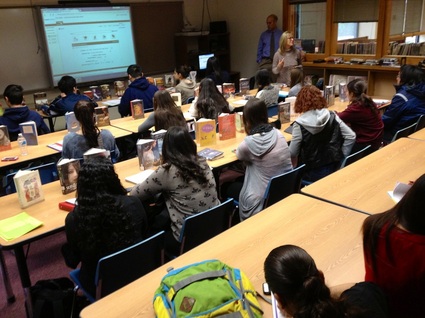
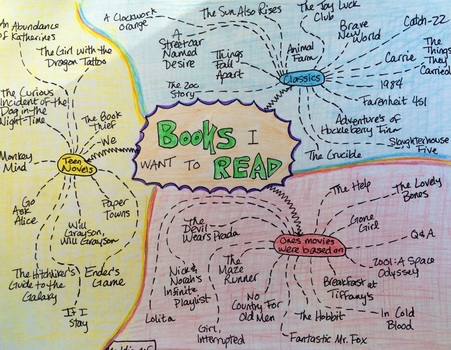
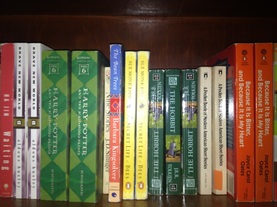
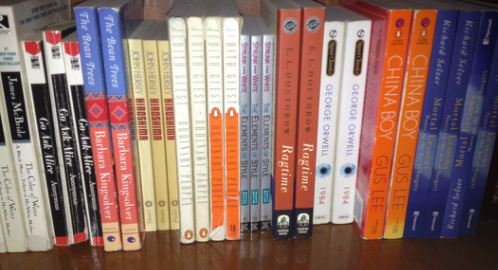
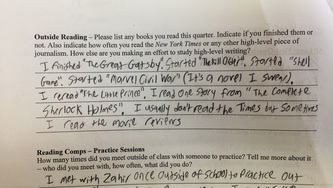
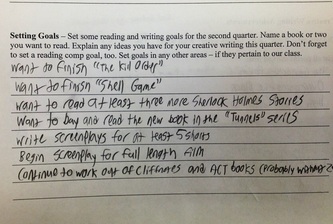

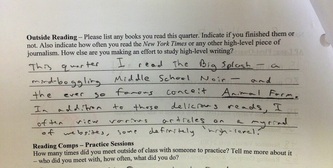
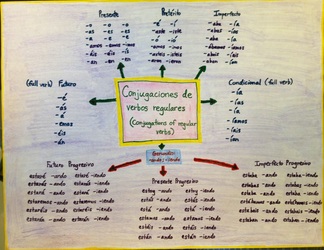
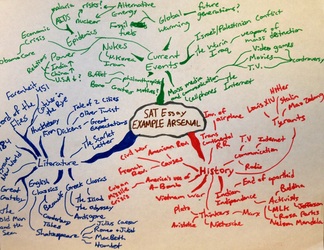
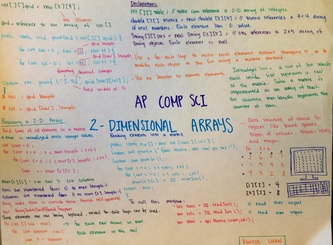
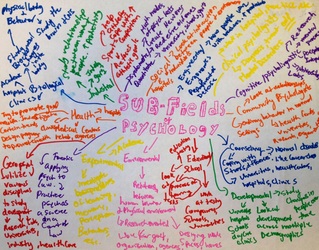
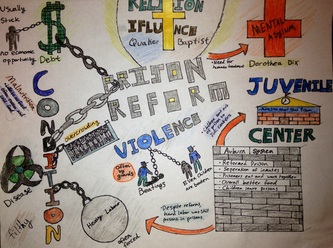
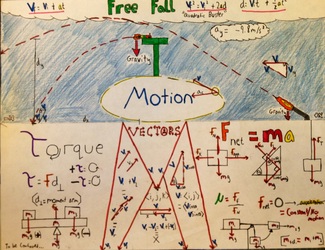
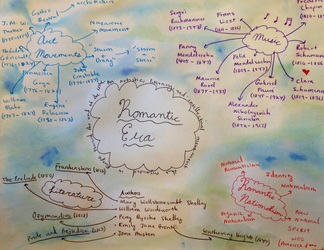
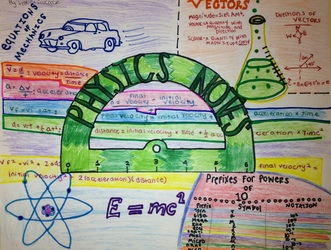
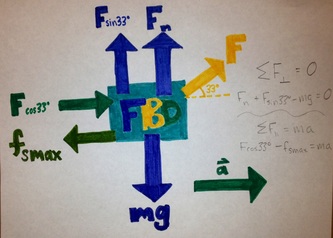
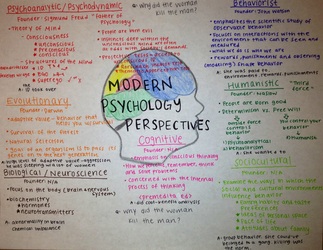
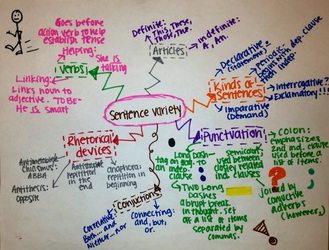
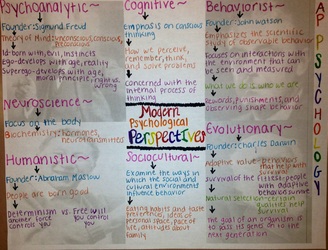
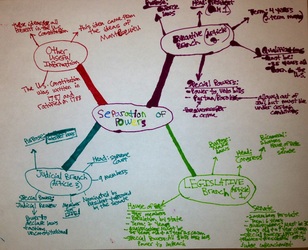
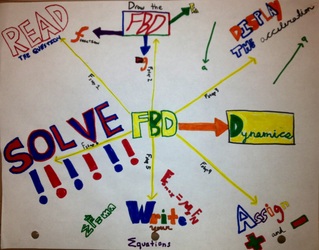
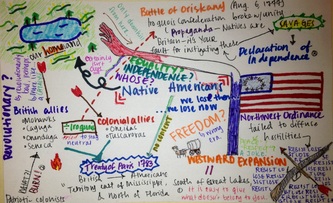
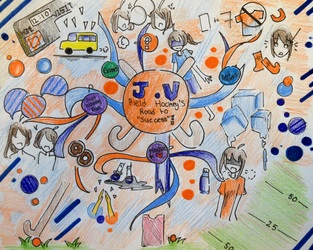
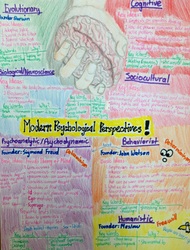
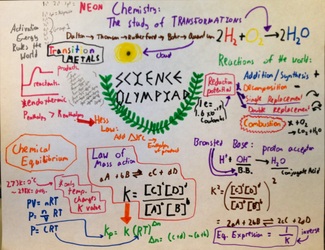
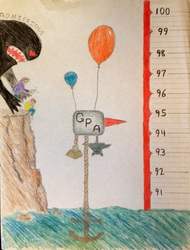
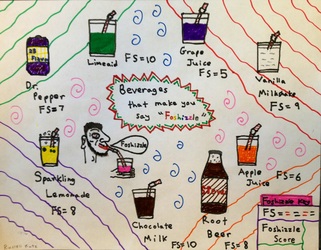
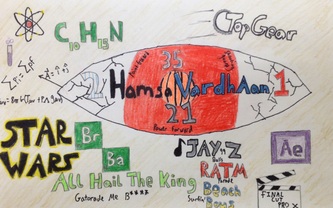
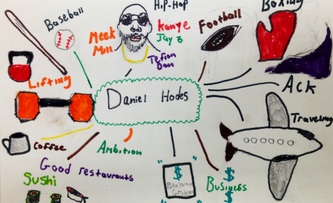
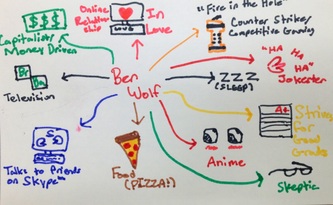
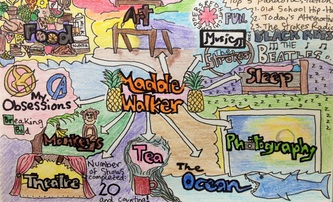
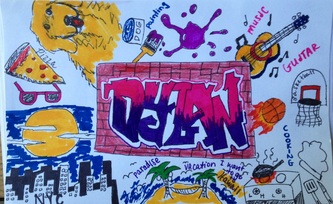
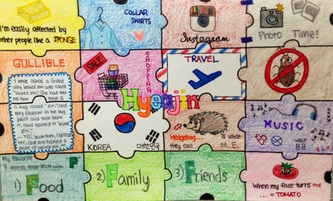
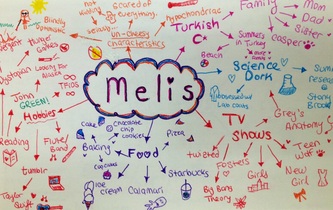
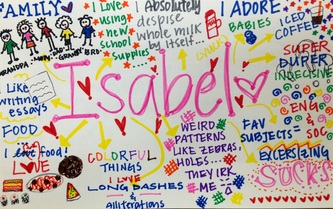
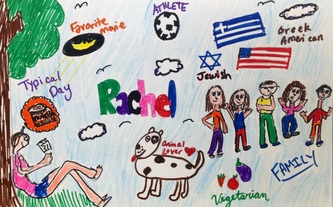
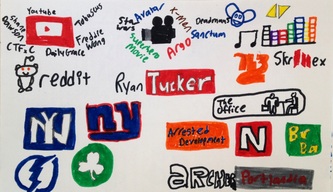
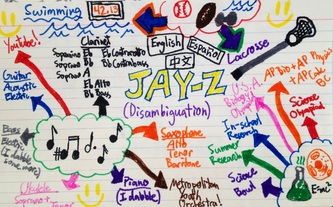
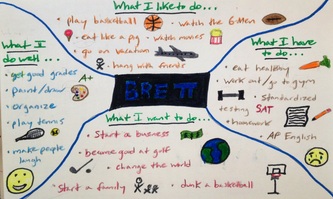
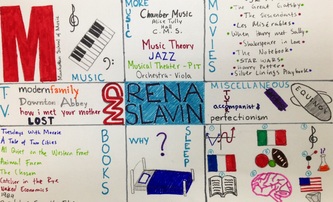
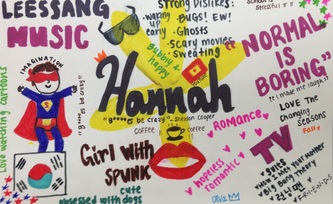
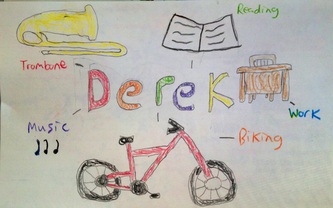
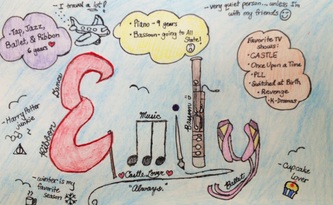
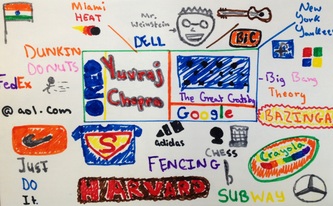
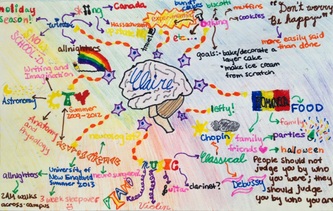
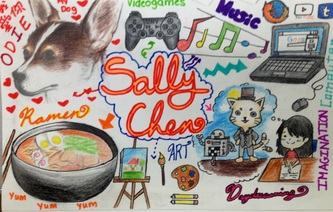
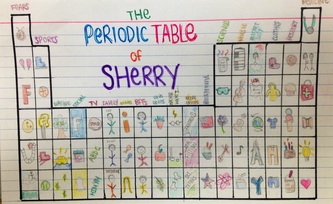
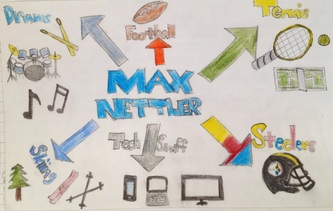
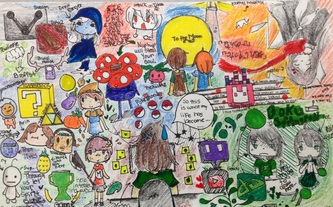
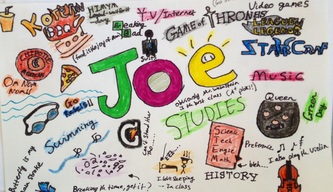
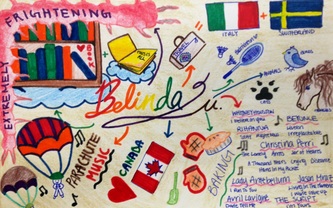
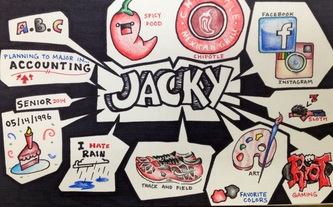
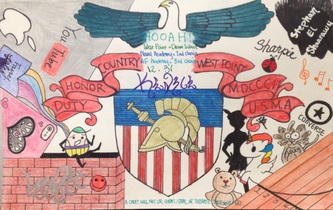
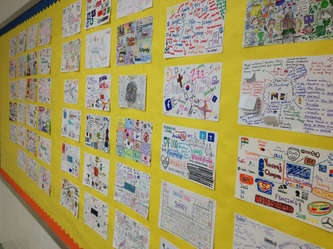
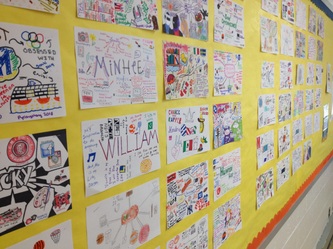


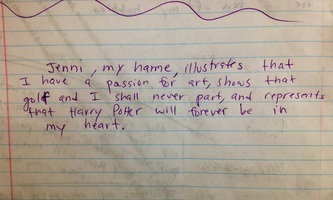




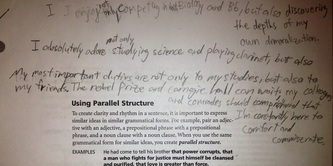
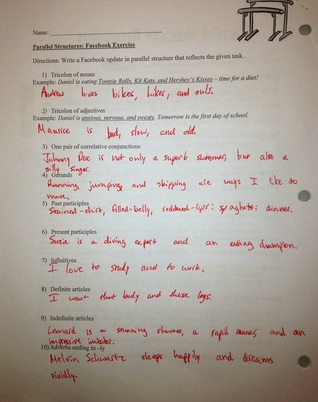
 RSS Feed
RSS Feed